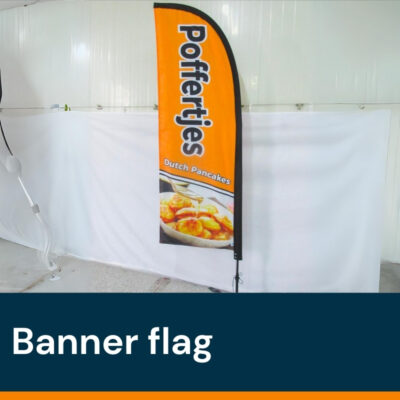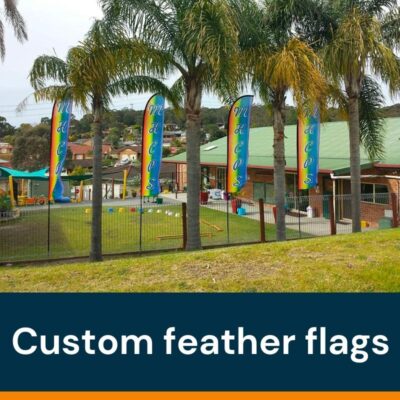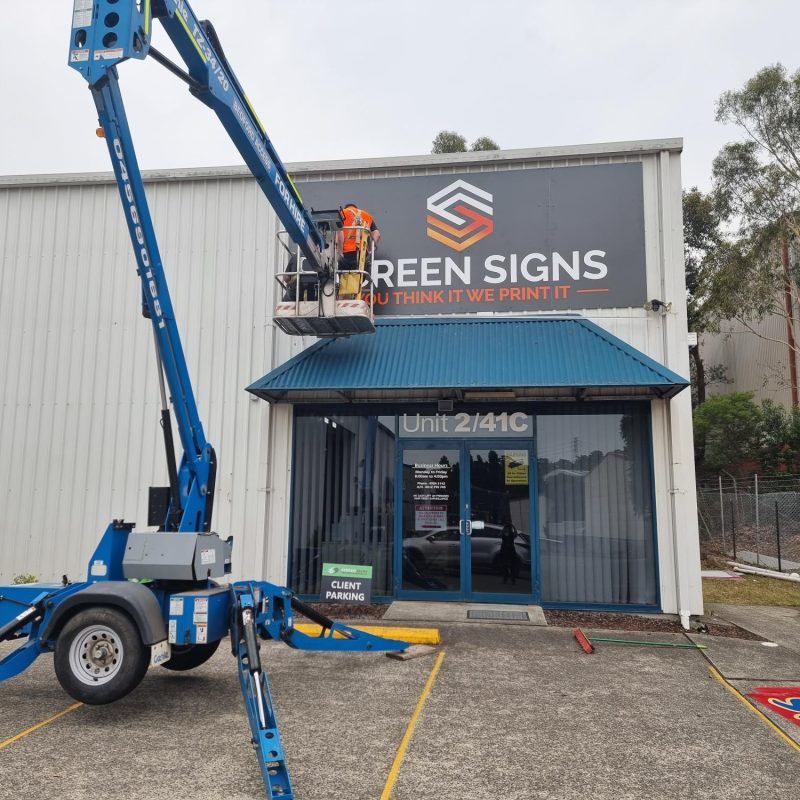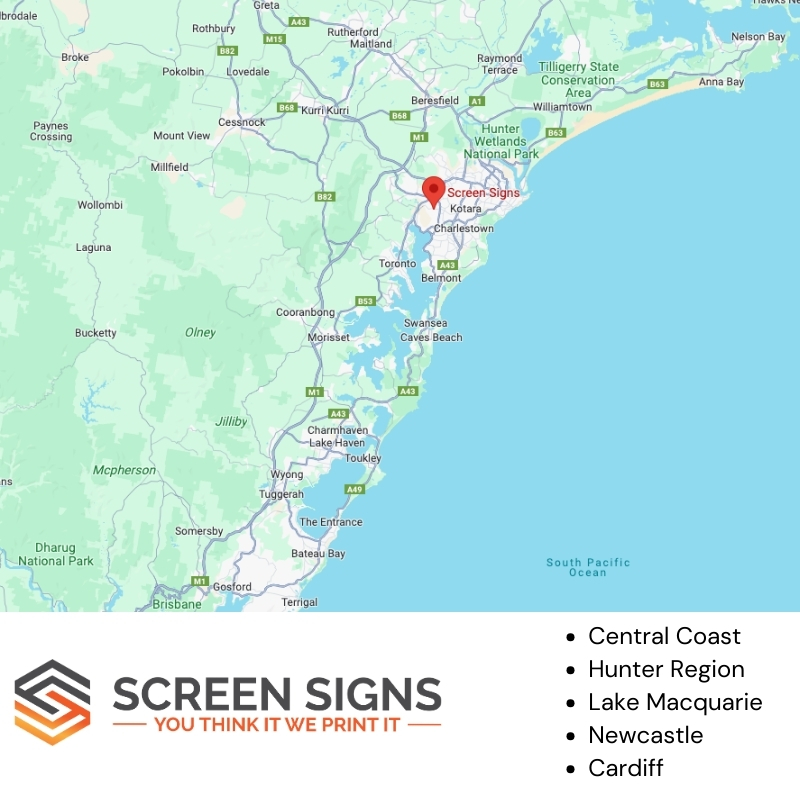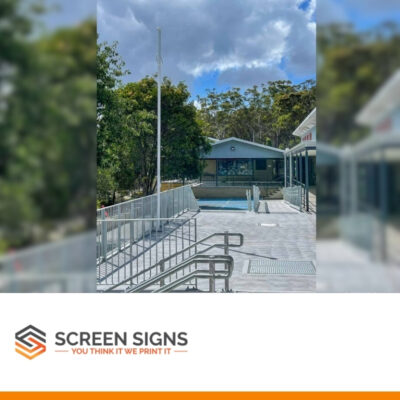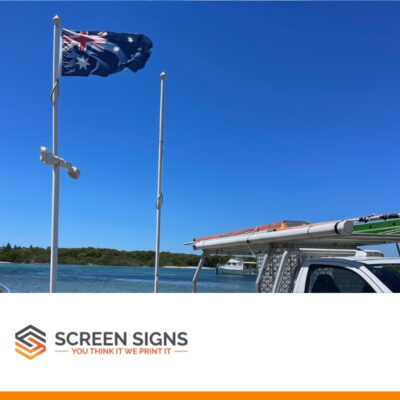This is how you fly the Australian National Flag correctly
Our sign shop on the Central Coast of NSW can sell brand new Australian flags, install new flag poles or repair existing flag poles. Flying the Australian National Flag is an important symbol of national pride and respect. It’s essential to display the flag correctly and in accordance with the proper protocols.
Here’s how to fly the Australian National Flag with respect and in compliance with the guidelines:
- Raise the flag briskly and lower it ceremoniously
- Do not raise the flag earlier than first light or lower the flag later than dusk
- When the flag is raised or lowered or is carried in a parade or review, everyone present should be silent and face the flag and people in uniform should salute
- The flag should always be flown freely and as close as possible to the top of the flagpole with the rope tightly secured
- The Australian National Flag should be raised first and lowered last, unless all other flags at the ceremony are raised and lowered simultaneously
- When the Australian National Flag is flown with flags of other nations, all flags should be the same size and flown on flagpoles of the same height
- The Australian National Flag should fly on the left of a person facing the flags, when it is flown with one other national flag
- Do not fly two flags from the same flagpole
- Only fly the flag at night when it is illuminated
- Do not fly the flag if it is damaged, faded or dilapidated
- When the material of a flag deteriorates it should be destroyed privately and in a dignified way such as cutting it into small unrecognisable pieces then putting it in the normal rubbish collection
- Do not fly the flag upside down, even as a signal of distress.
- Do not allow the flag to fall or lie on the ground or be used as a cover (although it can be used to cover a coffin at a funeral)
How do you set up an Australian National Flag to be raised?
You might have a home, office, school or other public location like a park where you want to display an Australian National Flag everyday. The locations for displaying an Australian National flag are pretty limitless as a flag pole can be installed on cement, on a grass area, a fence or other locations so that it is easy to raise and lower a flag.
The steps you have to consider before displaying an Australian National Flag are;
1. Obtain the Australian National Flag:
Ensure you have an official Australian National Flag. You can purchase one from various retailers or government sources.
2. Choose the Location:
Select a suitable location to fly the flag. Common places include government buildings, schools, businesses or even a private residence. You may need to get a new flag pole installed (if you don’t already have one) which can be bought in different heights either as a single pole or multiple poles in a row to display multiple flags.
3. Display the Flag:
The Australian National Flag is usually flown in specific instances, including:
- On national holidays, such as Australia Day (January 26) and Anzac Day (April 25).
- At official government buildings, schools, and other public institutions.
- International events or visits by foreign dignitaries.
4. Learn how to properly Hoist the Flag:
When raising the flag on a flagpole, hoist it briskly. Ensure it reaches the top of the flagpole but does not touch the ground.
5. Correct Position:
The Australian National Flag should always be in the superior position when flown with other flags, except for the Aboriginal flag. The superior position is the one to the observer’s left.
6. Respect for Other Flags:
When displaying the Australian National Flag with other flags, such as state flags or organisation flags, they should all be of similar size and flown at the same height. The Australian National Flag should be in the superior position.
7. Lighting:
If the flag is flown at night, it should be properly illuminated to ensure it remains visible.
8. Half-Masting:
The flag should be flown at half-mast as a sign of mourning on occasions of national significance or as directed by the Governor-General or relevant state authorities. When half-masting, raise the flag to the top of the pole first, then lower it to the half-mast position.
9. Folding and Storage:
When the flag is not being flown, it should be folded correctly and stored in a respectful manner.
10. Maintenance:
Regularly inspect and maintain the flag to ensure it remains in good condition. Replace it when it becomes faded, torn, or damaged.
11. Compliance with Local Laws:
Be aware of and comply with any local or state laws and regulations regarding a flag being displayed, especially in public locations.
Remember that displaying the Australian National Flag is a symbol of respect for Australia’s heritage and values. Flying it with proper etiquette and care ensures that it continues to represent the nation’s pride and unity.


